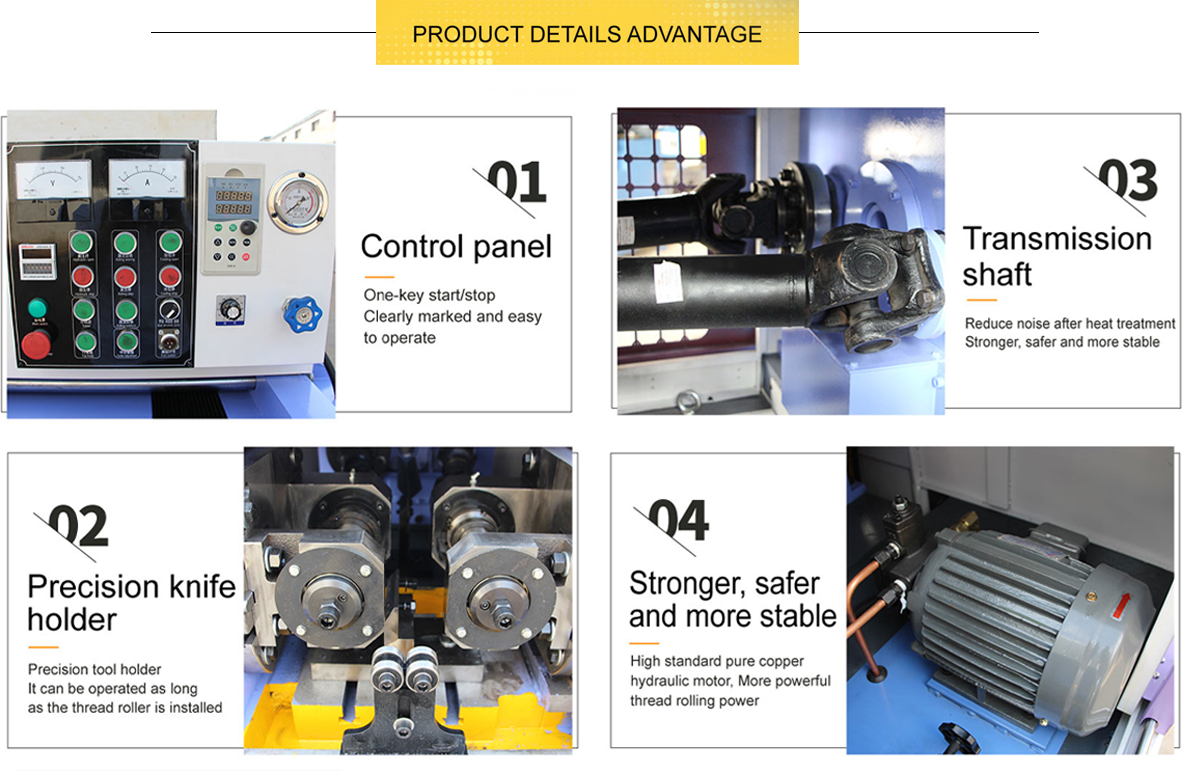
-
 Afrikaans
Afrikaans -
 Albanian
Albanian -
 Amharic
Amharic -
 Arabic
Arabic -
 Armenian
Armenian -
 Azerbaijani
Azerbaijani -
 Basque
Basque -
 Belarusian
Belarusian -
 Bengali
Bengali -
 Bosnian
Bosnian -
 Bulgarian
Bulgarian -
 Catalan
Catalan -
 Cebuano
Cebuano -
 Corsican
Corsican -
 Croatian
Croatian -
 Czech
Czech -
 Danish
Danish -
 Dutch
Dutch -
 English
English -
 Esperanto
Esperanto -
 Estonian
Estonian -
 Finnish
Finnish -
 French
French -
 Frisian
Frisian -
 Galician
Galician -
 Georgian
Georgian -
 German
German -
 Greek
Greek -
 Gujarati
Gujarati -
 Haitian Creole
Haitian Creole -
 hausa
hausa -
 hawaiian
hawaiian -
 Hebrew
Hebrew -
 Hindi
Hindi -
 Miao
Miao -
 Hungarian
Hungarian -
 Icelandic
Icelandic -
 igbo
igbo -
 Indonesian
Indonesian -
 irish
irish -
 Italian
Italian -
 Japanese
Japanese -
 Javanese
Javanese -
 Kannada
Kannada -
 kazakh
kazakh -
 Khmer
Khmer -
 Rwandese
Rwandese -
 Korean
Korean -
 Kurdish
Kurdish -
 Kyrgyz
Kyrgyz -
 Lao
Lao -
 Latin
Latin -
 Latvian
Latvian -
 Lithuanian
Lithuanian -
 Luxembourgish
Luxembourgish -
 Macedonian
Macedonian -
 Malgashi
Malgashi -
 Malay
Malay -
 Malayalam
Malayalam -
 Maltese
Maltese -
 Maori
Maori -
 Marathi
Marathi -
 Mongolian
Mongolian -
 Myanmar
Myanmar -
 Nepali
Nepali -
 Norwegian
Norwegian -
 Norwegian
Norwegian -
 Occitan
Occitan -
 Pashto
Pashto -
 Persian
Persian -
 Polish
Polish -
 Portuguese
Portuguese -
 Punjabi
Punjabi -
 Romanian
Romanian -
 Russian
Russian -
 Samoan
Samoan -
 Scottish Gaelic
Scottish Gaelic -
 Serbian
Serbian -
 Sesotho
Sesotho -
 Shona
Shona -
 Sindhi
Sindhi -
 Sinhala
Sinhala -
 Slovak
Slovak -
 Slovenian
Slovenian -
 Somali
Somali -
 Spanish
Spanish -
 Sundanese
Sundanese -
 Swahili
Swahili -
 Swedish
Swedish -
 Tagalog
Tagalog -
 Tajik
Tajik -
 Tamil
Tamil -
 Tatar
Tatar -
 Telugu
Telugu -
 Thai
Thai -
 Turkish
Turkish -
 Turkmen
Turkmen -
 Ukrainian
Ukrainian -
 Urdu
Urdu -
 Uighur
Uighur -
 Uzbek
Uzbek -
 Vietnamese
Vietnamese -
 Welsh
Welsh -
 Bantu
Bantu -
 Yiddish
Yiddish -
 Yoruba
Yoruba -
 Zulu
Zulu
CNC Thread Rolling Machine for Efficient and Precise Metal Thread Production
The Importance of CNC Thread Rolling Machines in Modern Manufacturing
In today’s manufacturing landscape, precision, efficiency, and quality are paramount. Among the various techniques employed to achieve these goals, CNC (Computer Numerical Control) thread rolling machines stand out as a crucial innovation. These machines are essential for producing high-quality threaded components used in numerous industries, including automotive, aerospace, and mechanical engineering.
What is CNC Thread Rolling?
CNC thread rolling is a cold-forming process that creates threads on a workpiece by deforming the material rather than removing it, as in traditional machining methods. This process is known for producing highly accurate threads with improved mechanical properties. The CNC thread rolling machine utilizes computer controls to manage the rolling process, enabling manufacturers to produce complex thread profiles with high precision.
The technology involves two or three cylindrical dies that compress the material into the desired shape as it is passed through the machine. The result is a smooth surface finish with superior strength since the process increases the density of the material without cutting it away.
Benefits of CNC Thread Rolling Machines
1. Enhanced Strength and Durability Since the process is performed at room temperature, the inherent molecular structure of the material remains intact, leading to threads that are not only more durable but also fatigue-resistant. This is particularly important in applications where parts are subject to significant stress and strain.
2. High Precision and Consistency CNC technology allows for precise control over the parameters of the thread-rolling process. This results in exceptional consistency between parts, which is critical for applications that require exact specifications, such as aerospace components or precision machinery.
cnc thread rolling machine

3. Increased Production Speed CNC thread rolling machines can operate at high speeds while maintaining accuracy, significantly improving production capacity. This efficiency can lead to reduced lead times and lower costs for manufacturers.
4. Material Efficiency Unlike traditional cutting methods, thread rolling generates little to no waste since it does not remove material but rather deforms it. This not only saves on raw material costs but also minimizes the environmental impact of the manufacturing process.
5. Versatility CNC thread rolling machines are adaptable and can handle various materials including steel, aluminum, brass, and special alloys. This versatility makes them suitable for a wide range of applications, from simple to complex threaded designs.
Applications of CNC Thread Rolling Machines
CNC thread rolling machines find applications in diverse fields. In the automotive industry, they are essential for producing high-strength bolts, studs, and fasteners that ensure vehicle safety and performance. The aerospace sector relies on precision threaded components that meet strict regulatory standards, where even the smallest deviation can lead to catastrophic failures.
Moreover, in industrial machinery, manufacturers utilize these machines to produce components that endure significant loads and require precise fits. Additionally, the medical device industry has also adopted CNC thread rolling for producing implants and surgical instruments that necessitate high reliability and strength.
Conclusion
The CNC thread rolling machine represents a significant advancement in manufacturing technology. Its ability to produce high-quality threaded components with enhanced strength, precision, and efficiency has made it indispensable across various industries. As manufacturers continue to seek innovative solutions to improve productivity and quality, CNC thread rolling machines will undoubtedly play a pivotal role in shaping the future of manufacturing. Their versatility and effectiveness not only address current market demands but also pave the way for new opportunities in design and application. Embracing this technology is essential for any manufacturer aiming to remain competitive in an ever-evolving industry landscape.
